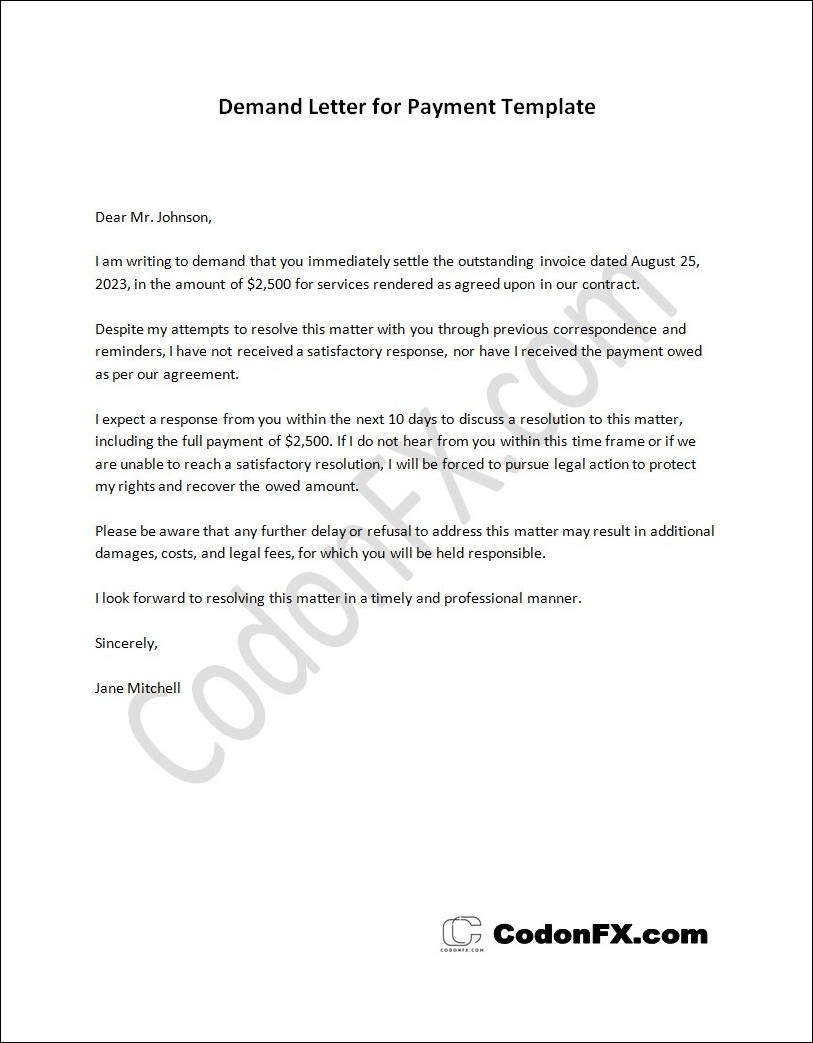
What is a demand letter for payment?
A demand letter for payment is a formal written document that is sent to an individual or a business entity to demand payment for a debt or an outstanding balance. It serves as a final reminder before taking legal action to collect the owed amount. The primary purpose of a demand letter is to clearly communicate the creditor’s expectations and to provide an opportunity for the debtor to settle the debt without going through the court system.
The demand letter for payment has several benefits for both the creditor and the debtor. For the creditor, it provides a written record of their attempts to collect the debt, which can be useful in case legal action becomes necessary. It also demonstrates the seriousness of their intentions and increases the chances of receiving payment.
On the other hand, for the debtor, a demand letter serves as a formal notice of the outstanding debt, allowing them an opportunity to rectify the situation before facing legal consequences. It also provides clarity regarding the amount owed and any additional fees or interest that may have accrued.
Do I need to hire an attorney to write a legal demand letter for payment?
If you find yourself in a situation where you are owed payment and are considering sending a legal demand letter, you may wonder if you need to hire an attorney to handle this task. The answer is, you don’t need an attorney. While it can be beneficial to seek legal advice in certain complex legal matters, writing a legal demand letter for payment is a task that you can handle on your own.
With some research and understanding of the required format and content, you can confidently write a concise and effective letter that clearly outlines your demands. This will demonstrate your seriousness and potentially encourage the recipient to fulfill their payment obligations.
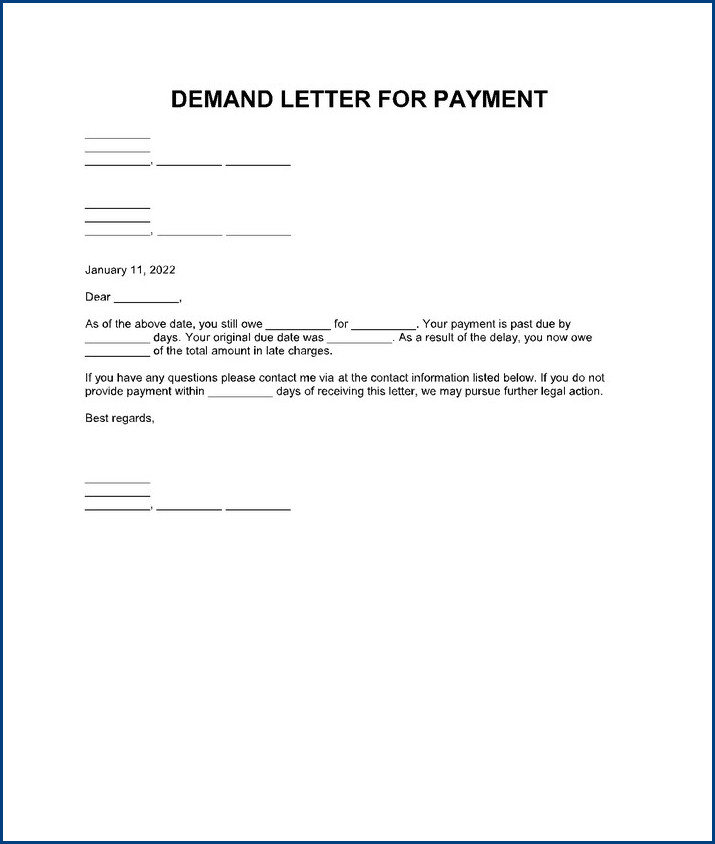
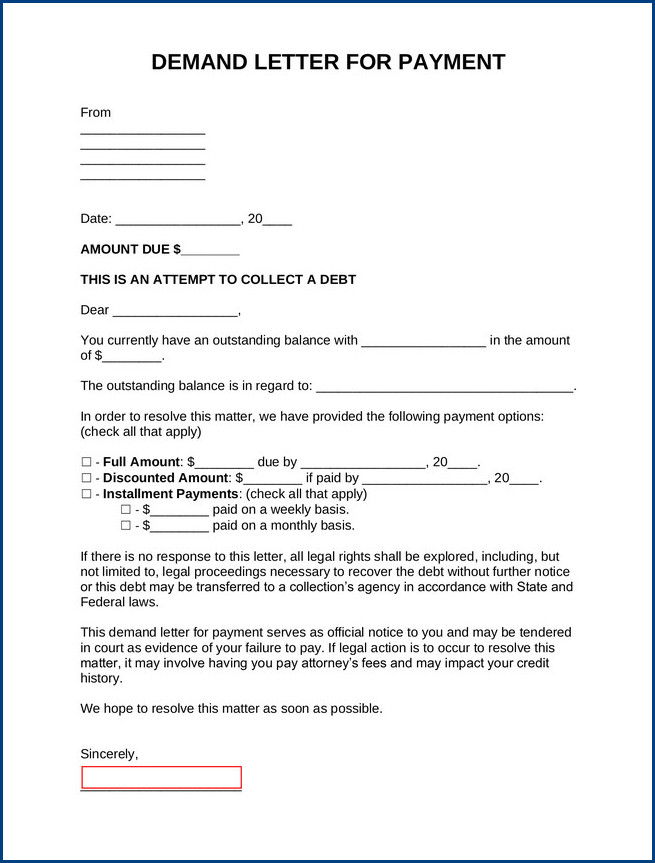
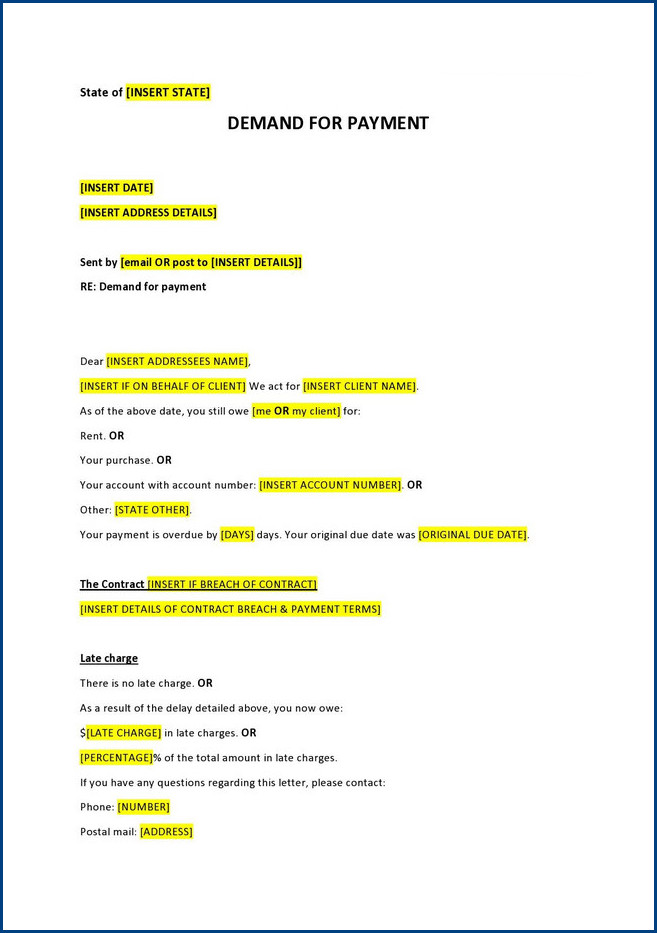
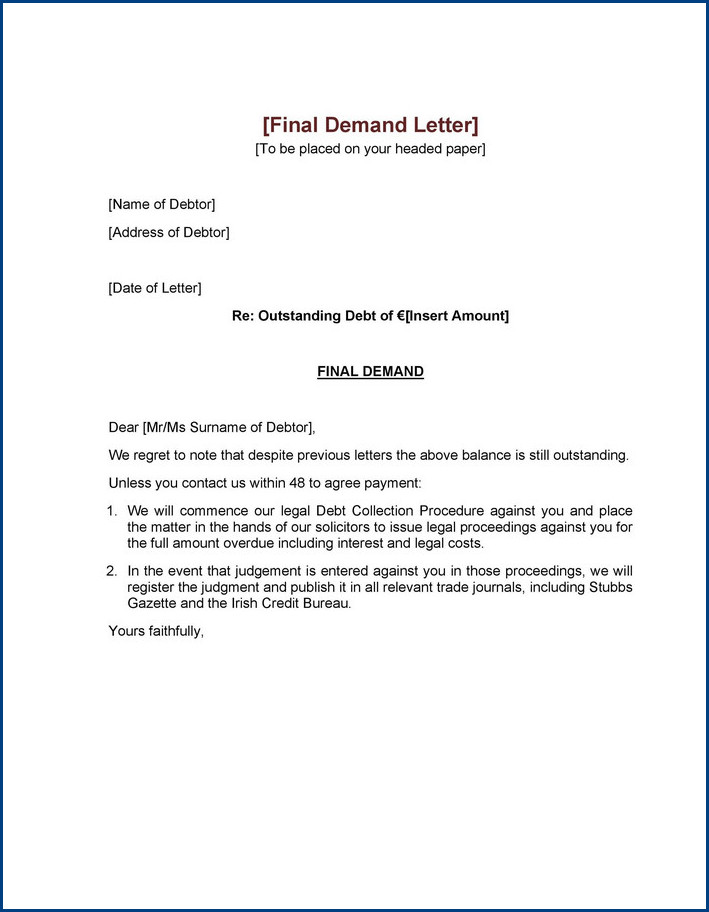
How do I write a demand letter for payment?
Here are some steps to help you write an effective demand letter for payment:
- Clearly state the purpose: Begin the letter by clearly stating that it is a demand for payment. Be sure to include the date and address of the recipient.
- Provide details of the debt: In the body of the letter, specify the amount owed, the date when the payment was due, and any relevant details regarding the agreement or contract that led to the debt.
- Explain the consequences of non-payment: Clearly state the consequences that may arise if the payment is not made within a specified timeframe. This could include legal action, collection agency involvement, or damage to the debtor’s credit rating.
- Request immediate payment: Politely but firmly request that the debtor settle the debt immediately. Include acceptable payment methods and any necessary payment details.
- Keep a copy and follow up: It is important to keep a copy of the demand letter for your records. If the debtor does not respond or fails to make the payment, you may need to take further action, such as consulting with a lawyer or filing a lawsuit.
How to Send a Demand Letter for Payment
It is recommended to send the demand letter via email or mail, ensuring that it is properly addressed to the recipient. This method allows for a paper trail and provides proof of delivery. By using a respectful and informative tone, you increase the chances of receiving payment promptly.
Demand Letter for Payment Template | Word – Download